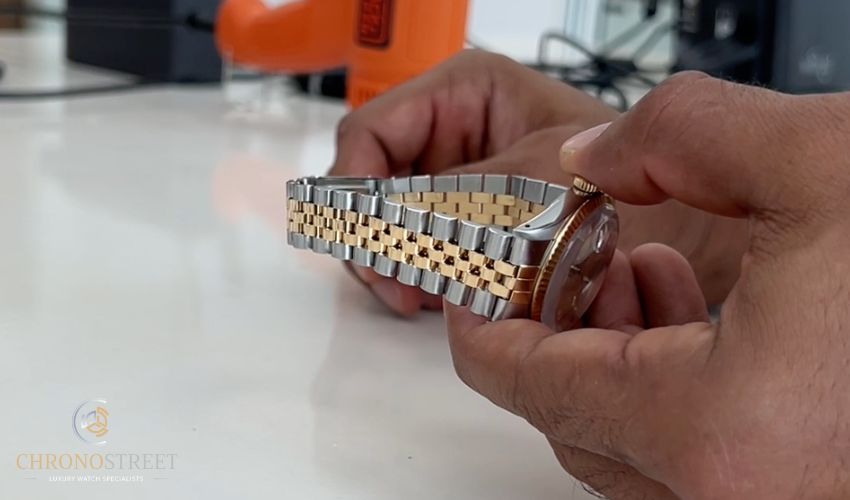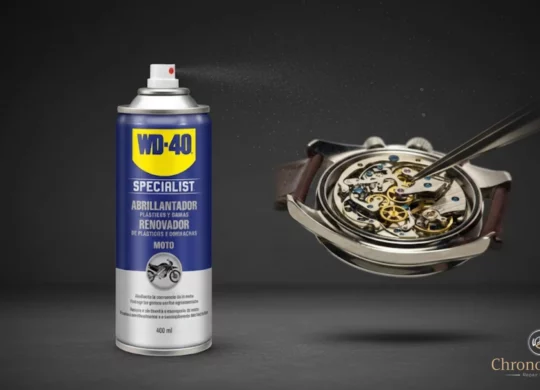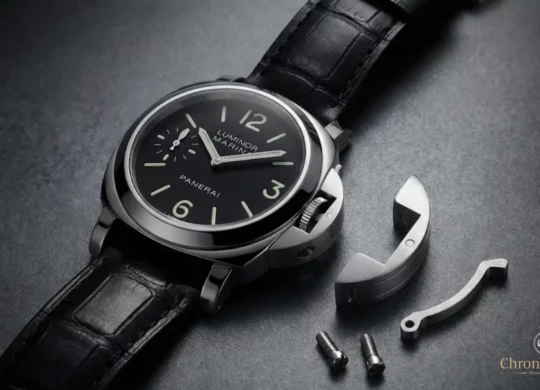Stretching of Jubilee Bracelets
The Jubilee bracelet, known for its comfort, can stretch over time due to regular wear. This is a common problem and is bound to happen if the user wears the watch a bit loose on his wrist. While that is only a part of the reason, this also happens due to the wear down of the pins and links of the bracelet, causing the bracelet to elongate and lose its snug fit. This type of stretching deeply affects the looks of your Rolex and makes it look like a 75-year-old watch, while it could be just a 15-year-old watch in reality.
Restoring Loose Rolex Bracelets
Restoring or tightening loose Rolex bracelets can be a difficult and time-consuming process. Here’s a quick look at the complete process.
- Initial Assessment: A skilled watch technician will first examine the bracelet to determine how bad the condition is. During the assessment, he also checks for any broken links and identifies which links and pins are most worn.
- Disassembly: Once the assessment is complete, the bracelet is carefully disassembled. This involves removing the pins and separating the links. Each pin and link is then inspected again individually.
- Pin and Link Replacement: In most cases, tightening the bracelet just involves replacing worn-out pins. However, there are cases when some of the links are broken and need to be replaced. At ChronoStreet, all this is done extremely carefully and only authentic parts are used in the process.
- Reassembly: After the necessary adjustments and replacements, the bracelet is reassembled. The watchmaker then ensures that each link and pin is securely in place and that the bracelet is not saggy anymore.
- Polishing: In order to give a final touch-up to the bracelet, a watch polish is highly recommended. This ensures that the bracelet’s original shine is returned. Polishing plays an important role in bringing back your watch’s bracelet to its original state.
- Final Inspection: The last step is a final inspection. The watchmaker checks the bracelet to ensure it fits perfectly and that all adjustments have been made correctly. He makes sure no pins are left loose and the bracelet has no scratches left after the polish.
View this post on Instagram
Also Read:
What happens if the bracelet cannot be restored?
There is a chance that after the initial inspection, a watchmaker might deny the restoration of the bracelet. This is due to the fact that some of the older Rolex models had a different type of bracelet that is impossible to restore. In this case, we would recommend you to get a replacement leather strap, which will also change the whole look of your watch. Or, you can go for an aftermarket bracelet option.
An original bracelet replacement would not be recommended as that can quickly drive up the cost to a point where it would not be worth it.





